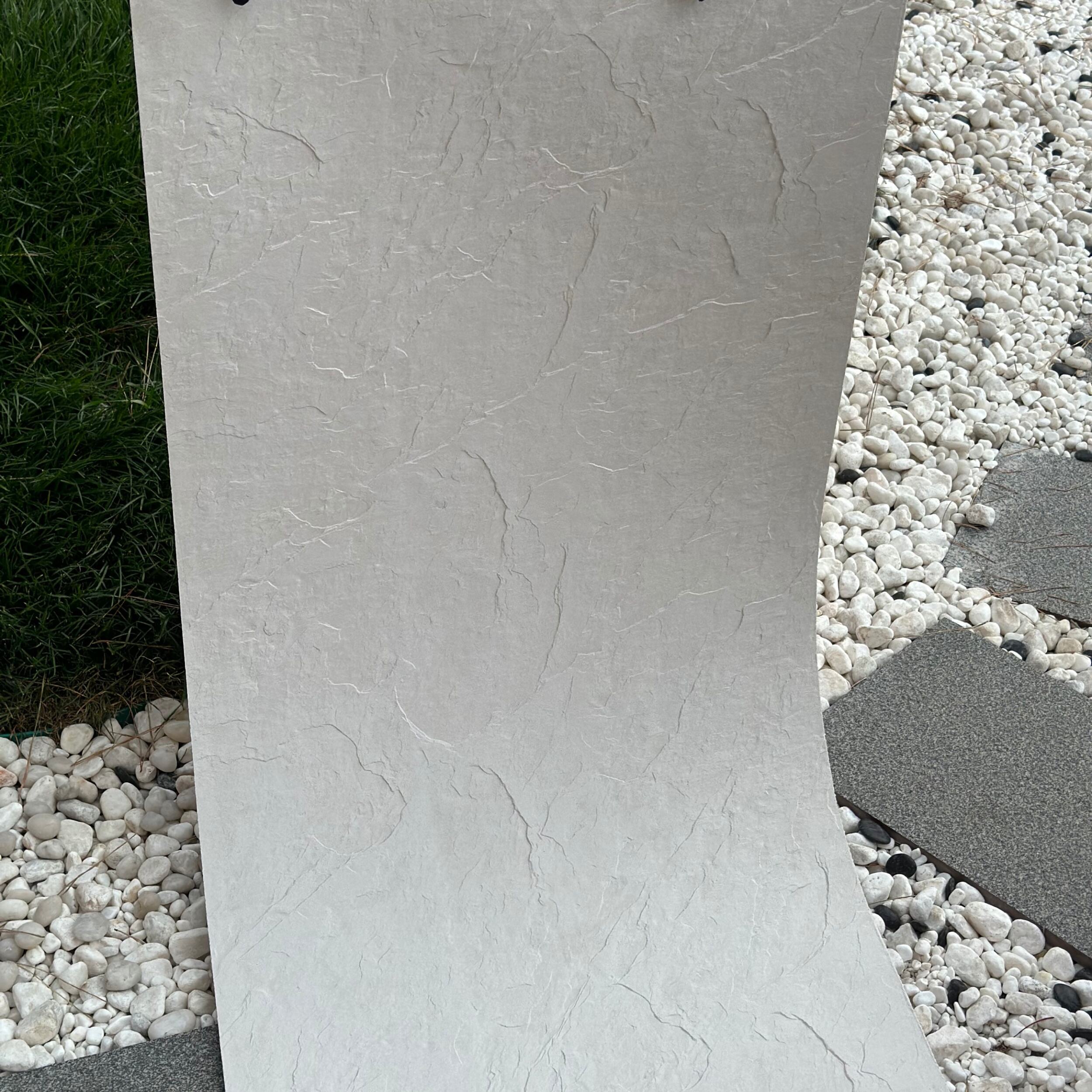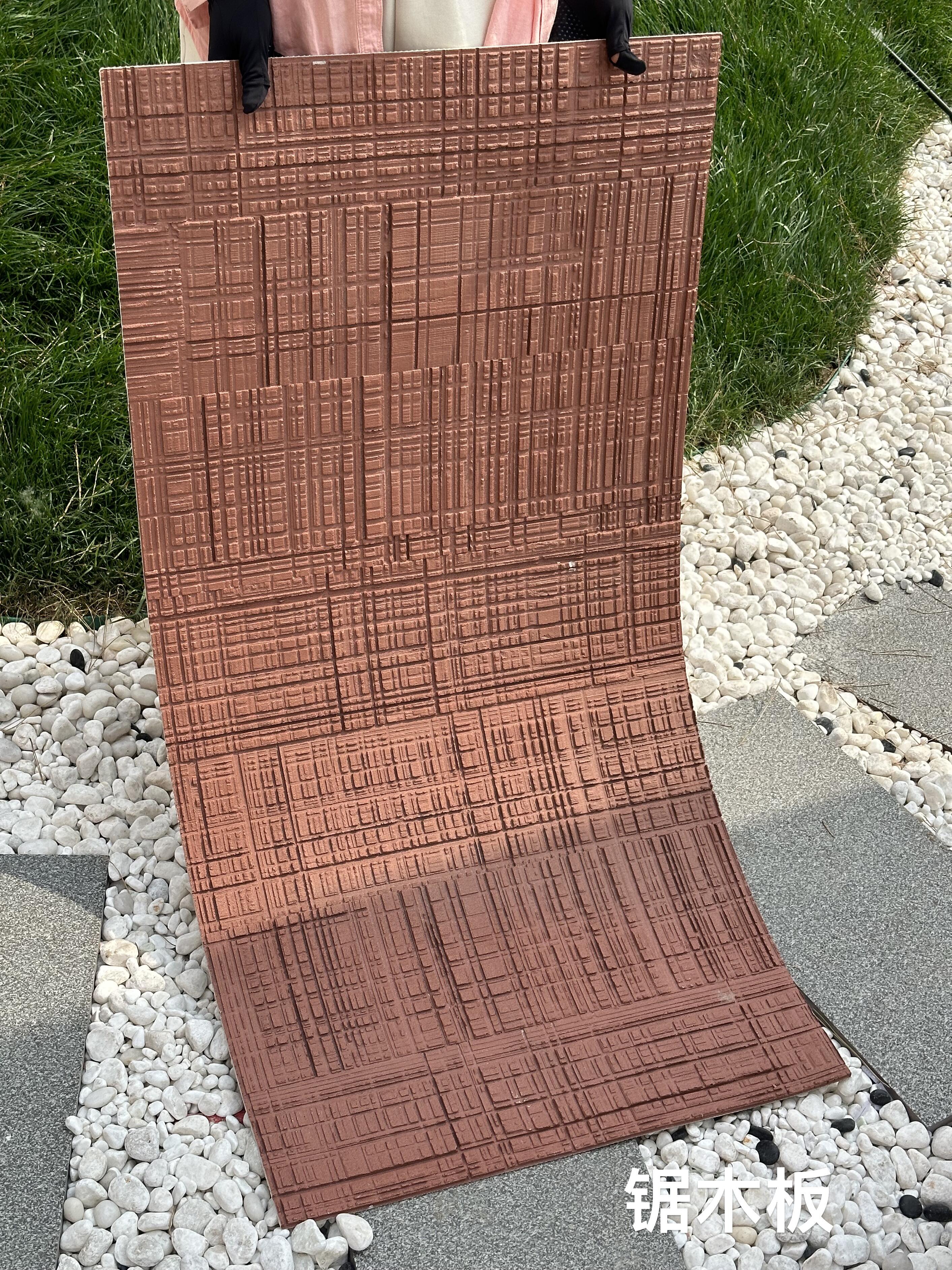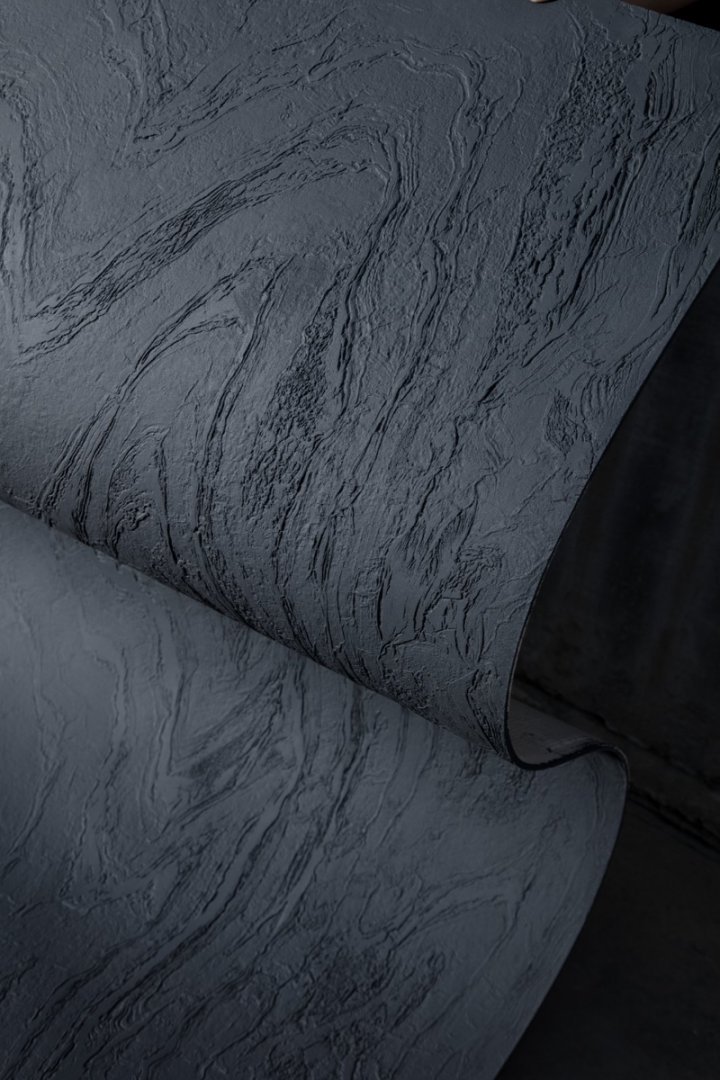Flexible stone represents a breakthrough in decorative materials, combining the timeless appeal of natural stone with enhanced adaptability. Composed of natural mineral aggregates and advanced polymer binders, it achieves a unique balance of flexibility and durability. This material can bend up to 30 degrees without cracking, making it ideal for curved surfaces such as columns, arches, and rounded walls—areas where traditional rigid stone would require complex cutting and fitting. Its lightweight nature (approximately 3kg per square meter) reduces structural load, a critical advantage for renovation projects or buildings with weight restrictions. In terms of performance, flexible stone excels in harsh environments. It is highly resistant to water, UV radiation, and temperature fluctuations, ensuring long term stability in both indoor and outdoor applications. Unlike natural stone, which may develop cracks due to thermal expansion, flexible stone’s elasticity allows it to adapt to environmental changes, minimizing maintenance needs. Additionally, it is fire retardant, meeting international safety standards for commercial and residential use. Aesthetically, flexible stone offers extensive customization. It can mimic the texture and color of various natural stones, including marble, granite, and slate, while also allowing for unique designs and patterns. This versatility makes it a favorite among architects and designers, who can use it to create cohesive visual themes across different spaces. Its thin profile (typically 2 4mm) also means it can be applied over existing surfaces, reducing demolition costs and environmental impact. Environmentally, flexible stone is a sustainable choice. It utilizes recycled materials in its production, and its long lifespan reduces the need for frequent replacements. Installation is also eco friendly, as it requires minimal adhesives and produces less waste compared to traditional stone installation. From luxury hotels to residential homes, flexible stone provides a practical, beautiful, and sustainable solution for modern design challenges.



Copyright © 2025 by Shandong Falading New Decoration Material Co., Ltd. | Privacy policy